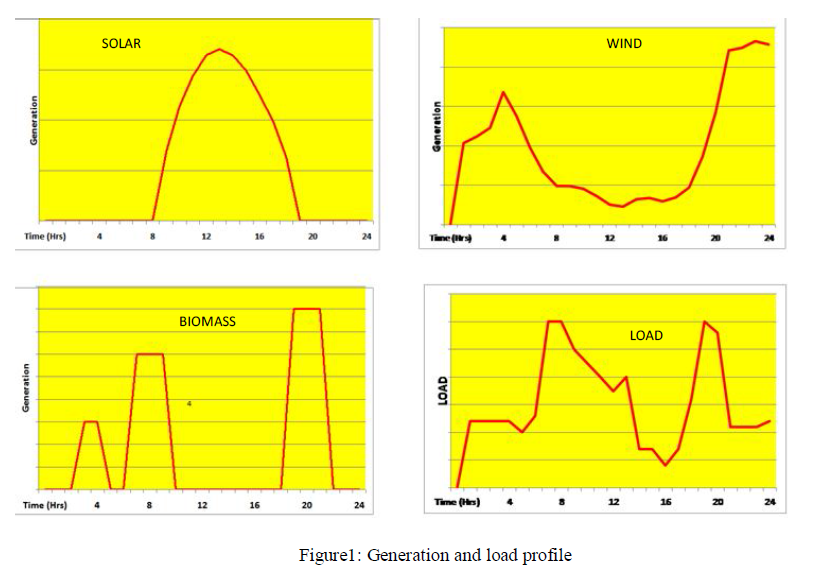- Document History
- Subscribe to RSS Feed
- Mark as New
- Mark as Read
- Bookmark
- Subscribe
- Printer Friendly Page
- Report to a Moderator
- Subscribe to RSS Feed
- Mark as New
- Mark as Read
- Bookmark
- Subscribe
- Printer Friendly Page
- Report to a Moderator
Contact Information
University: Indira Gandhi Delhi Technical University
Team Members (with year of graduation): Priyanka Sehgal (3rd year), Ritika Singh (3rd year)
Faculty Advisers: Mr. Pankaj Gupta, Mr. Ashwini Kumar, Ms. Veepsa Bhatia
Email Address: priyankasehgal25@gmail.com,yugal_sgl@yahoo.com
Submission Language: English
Project Information
Title: Hybrid Microgrid Demonstration using NI platform
Description:
Optimal operation of Renewable Energy Resources (RER) with the priority based Load Management (LM) at distribution level in the power system.
Products
1. LabVIEW
2. NI – Single Board Rio
The Challenge
The project involves integration of renewable resources viz. Solar, Wind, Biomass along with an Energy Storage System (ESS) to serve local distribution level load. The generation from renewable resources are highly intermittent. Thus, the challenge of the project lies in optimisation of resources while serving variable power demands of consumers through intermittent generation resources.
The Solution
The project used LabVIEW software to design the control system required for generation and load demand balancing. It involves monitoring of generation resources availability, load demand and subsequent allocation of resources using embedded intelligent algorithm. The Load Management based on the priority is also envisaged in this project to achieve balance between supply and demand. The NI – Single Board RIO is used to demonstrate the working of the control system designed on LabVIEW.
Since LabVIEW supports dataflow as well as graphical programing in a very innovative fashion, it is at par to with like software. The interactive interface of LabVIEW software saves time & energy as compared to other platforms which gives more space for creating innovation in the system design. The NI Single-Board RIO features a real-time processor, reconfigurable FPGA, and analog and digital I/O on a single board programmed with NI LabVIEW software. The hybrid Microgrid system designed using NI-Single Board RIO is a reliable, cost effective and has unique flexibility to fit into the automated system. Using NI software and hardware gave us a technical advantage.
The renewable generation and load profile used in the project is shown in figure 1.
The project is fully completed and took 4 months which includes literature surveying, modelling, designing and public demonstration at Student Innovation Pavilion in GRIDTECH ‘13. The demonstration also won public accolades as well as runner – up prize in the event.


